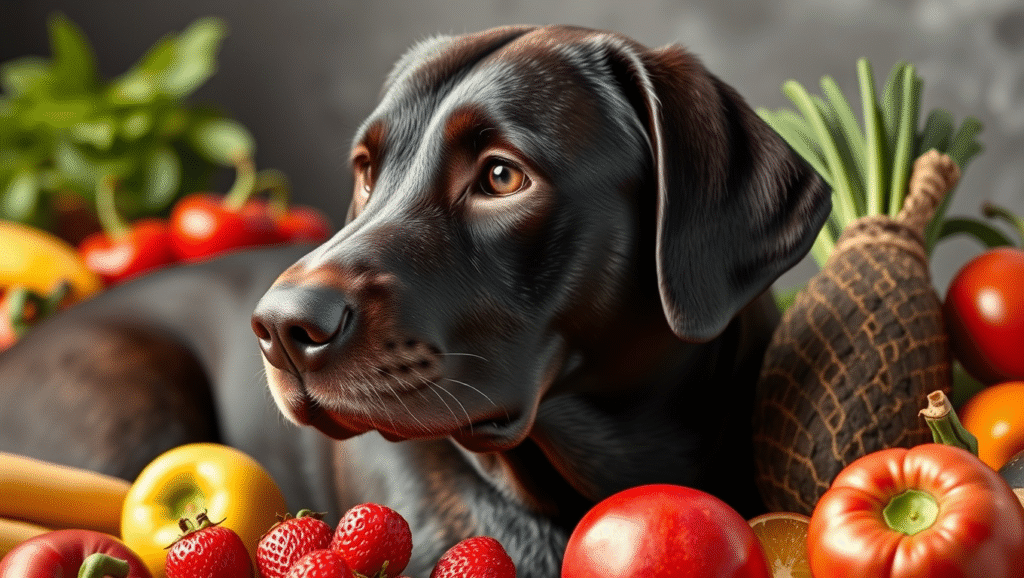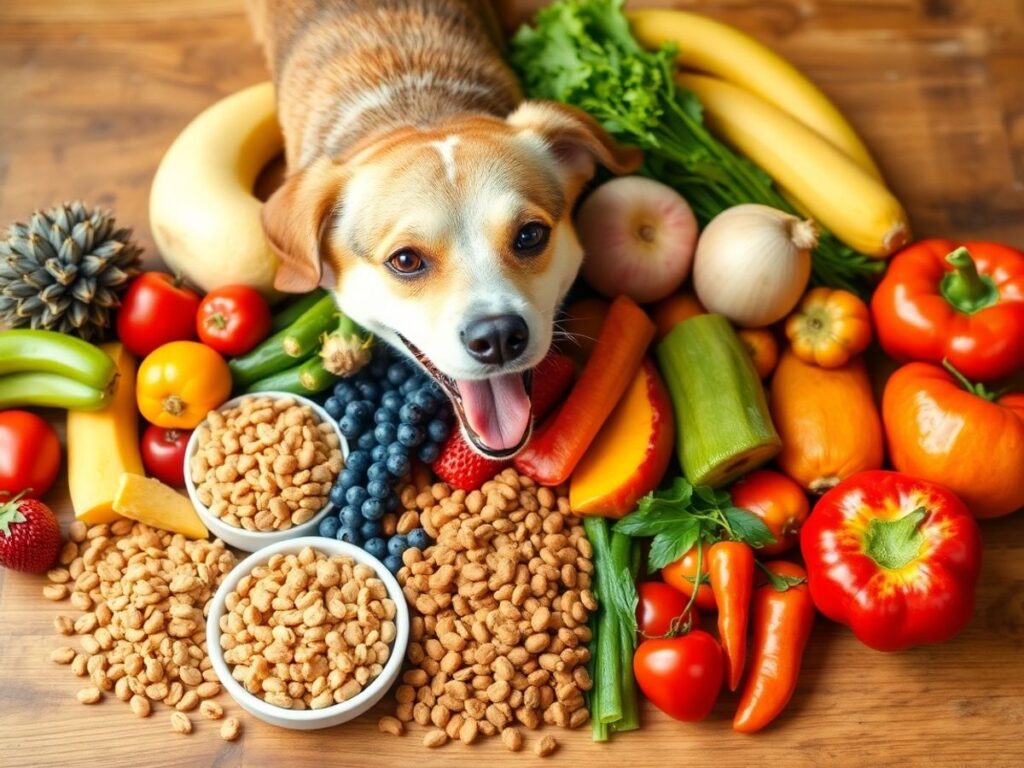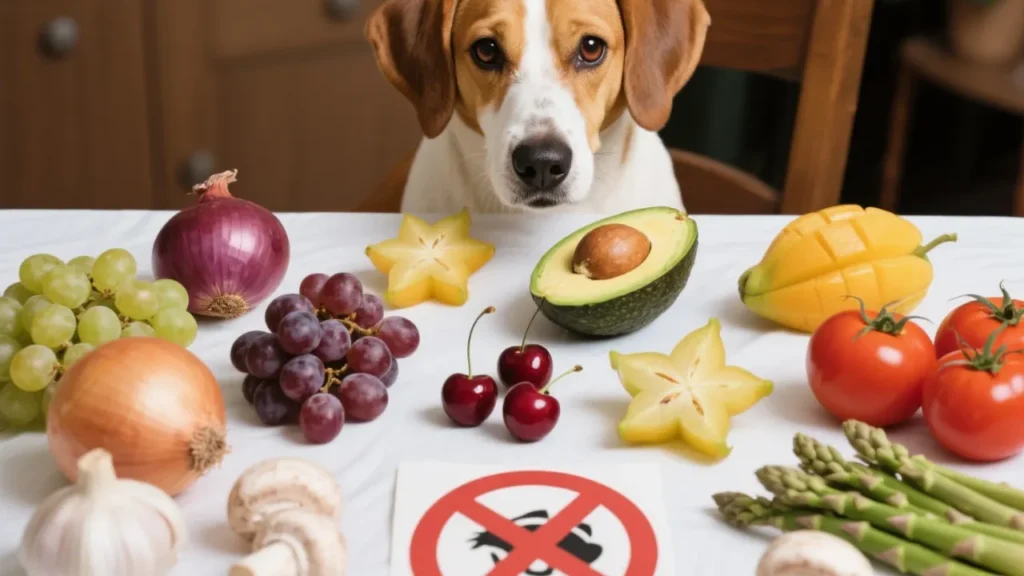Proven Methods for Kibble Transition in Dogs can make your pup’s mealtime much smoother.
If you’ve noticed your furry friend isn’t too excited about their current food, it’s time to consider making a change.
This article will guide you through understanding kibble, recognizing the signs that your dog needs a new diet, and how to transition them with ease.
With the right tips, you’ll keep tails wagging and bellies happy!
Important Points to Remember
- Start with a mix of old and new kibble.
- Gradually increase the new kibble over a week.
- Watch for any tummy troubles.
- Keep your dog’s water bowl full.
- Be patient; every dog transitions differently.

Summary
Understanding Kibble and Why Transitioning Matters
Kibble is a popular choice for dog owners. It’s convenient, easy to store, and often packed with nutrients. But not all kibble is created equal. Sometimes, you might need to switch your pup’s food. Maybe you’ve noticed they’re not as excited about mealtime or their coat doesn’t look as shiny. These can be signs that it’s time for a change.
Transitioning to a new kibble is important for your dog’s health. Just like us, dogs can get bored with the same food. Plus, some kibble brands might not meet their nutritional needs as they age. Transitioning matters because it helps avoid digestive upsets. If you just switch their food suddenly, it can lead to tummy troubles. So, taking your time with the process is key. For more insights on dog diets, check out the natural diet transition methods.
Signs Your Dog Needs a Kibble Change
How do you know when it’s time to change your dog’s kibble? Here are some signs to watch for:
- Loss of Interest: If your dog is turning their nose up at their food, it might be a sign they’re bored or the food isn’t appealing anymore.
- Weight Changes: If your pup is gaining or losing weight unexpectedly, it could be time to reevaluate their food.
- Digestive Issues: Frequent gas, diarrhea, or vomiting can indicate that the current kibble isn’t sitting well with them.
- Skin and Coat Problems: If your dog’s coat is dull or they’re scratching more than usual, it could be a sign they need better nutrition. Consider checking out the healthy foods for dogs.
- Age-Related Needs: As dogs age, their nutritional needs change. Puppies need different nutrients than older dogs, so it’s essential to adjust their diet accordingly.
- Veterinary Recommendations: Sometimes, your vet will suggest a change based on health concerns. Always listen to their advice.
If you notice any of these signs, it might be time to consider a new kibble for your furry friend.
If you are thinking about changing your pet’s food, consider looking at this, but be sure to consult a veterinarian first about this kibble Dr. Harvey’s Canine Health Miracle Dog Food. and to read about this Reviews

Proven Methods for Kibble Transition in Dogs: The Gradual Approach
The best way to transition your dog to a new kibble is gradually. This method helps to avoid digestive upset and allows your dog to get used to the new flavors and textures. Here’s a simple plan to follow:
- Start Slow: Begin by mixing a small amount of the new kibble with the old kibble. A good starting point is about 25% new kibble to 75% old kibble.
- Increase Gradually: Over the next few days, slowly increase the amount of new kibble while decreasing the old. You might go to 50/50 after a few days, then to 75% new kibble and 25% old kibble.
- Monitor Your Dog: Keep an eye on how your dog reacts. If they seem to have any digestive issues, slow down the transition. You might need to stay at a certain ratio for a bit longer.
- Complete the Transition: After about a week to ten days, you should be able to fully switch to the new kibble, assuming your dog is handling it well.
This gradual approach is gentle on your dog’s stomach and helps them adjust to the new food without too much fuss. For additional tips, refer to the best kibble choices.
Tips for Successfully Transitioning Dogs to New Kibble
Here are some handy tips to make the transition smoother:
- Choose the Right Time: Don’t switch kibble when your dog is stressed or sick. Wait for a calm period to make the change.
- Stay Consistent: Feed your dog at the same times each day. Consistency helps them feel secure, even when their food is changing.
- Hydration is Key: Make sure your dog has plenty of fresh water available. Sometimes, new kibble can make them thirstier.
- Use Treats Wisely: If you’re using treats during the transition, make sure they’re compatible with the new kibble. You don’t want to mix in something that could upset their stomach.
- Be Patient: Some dogs take longer to adjust than others. If your dog seems hesitant, give them time.
- Consult Your Vet: If you’re unsure about the new kibble, ask your vet for recommendations. They can guide you based on your dog’s specific needs.
By following these tips, you can help your dog adjust to their new food without much trouble.
Best Kibble for Dogs: Choosing the Right Food
Choosing the right kibble can feel overwhelming with so many options out there. Here are some factors to consider when selecting the best food for your dog:
- Age and Size: Puppies, adults, and seniors all have different nutritional needs. Plus, small and large breeds require different formulas.
- Ingredients: Look for high-quality ingredients. Meat should be the first ingredient, and avoid kibble with too many fillers or artificial additives. For more information on understanding dog food labels, see the ultimate guide on dog food labels.
- Nutritional Value: Check the guaranteed analysis on the bag. Make sure it meets AAFCO standards and provides a balanced diet.
- Allergies and Sensitivities: If your dog has food allergies or sensitivities, look for kibble that avoids those ingredients. Grain-free options are available if grains upset their stomach.
- Brand Reputation: Research brands and read reviews. Some companies have better reputations for quality and safety than others.
- Price: While it’s tempting to go for the cheapest option, investing in high-quality kibble can save you money in the long run by keeping your dog healthy.
By taking these factors into account, you can find a kibble that meets your dog’s needs and keeps them happy. If you’re considering natural options, explore the benefits and challenges of a natural diet.
Common Mistakes in the Kibble Change Process
Transitioning to new kibble isn’t always smooth sailing. Here are some common mistakes to avoid:
- Switching Too Quickly: Jumping from one kibble to another without a gradual transition can cause digestive issues.
- Ignoring Your Dog’s Reaction: If your dog shows signs of distress, like vomiting or diarrhea, don’t just push through. It’s okay to slow down or even go back to the old kibble for a bit.
- Not Considering Nutritional Needs: Failing to match the new kibble to your dog’s age, size, or health needs can lead to problems.
- Overfeeding: Sometimes, owners think that new kibble is less filling, so they give more. Stick to the recommended serving sizes.
- Neglecting Water Intake: Not providing enough water can lead to dehydration, especially when switching to dry kibble.
Avoiding these mistakes can make the transition smoother and more successful for your dog.
Dog Diet Transition Advice: Keeping It Smooth
Here’s some extra advice to help keep the transition smooth:
- Keep a Journal: Track your dog’s reactions during the transition. Note any changes in behavior or digestion to share with your vet if needed.
- Use a Mixing Bowl: When mixing the old and new kibble, use a separate bowl to ensure even distribution. This helps your dog get a consistent mix.
- Give Praise: Encourage your dog during the transition. Praise them when they eat their new food, so they associate it with positive experiences.
- Consider Wet Food: If your dog is really struggling with the change, consider mixing in a bit of wet food. It can make the kibble more appealing. For tips on preparing natural meals, check out the ultimate guide to natural meals.
- Stay Calm: Your dog can pick up on your emotions. If you’re anxious about the change, they might be too. Keep it light!
With these tips, you’ll help your pup feel more comfortable with their new kibble.
Feeding Dogs New Food: What to Watch For
When you start feeding your dog new kibble, keep an eye out for certain signs:
- Appetite Changes: It’s normal for your dog to be a little hesitant at first. But if they refuse to eat for more than a day, check in with your vet.
- Digestive Upsets: Watch for any signs of diarrhea, vomiting, or gas. If these persist, you may need to slow down the transition or try a different kibble.
- Energy Levels: Pay attention to how your dog behaves. Are they more energetic, or do they seem lethargic? This can indicate how well they’re adjusting.
- Skin and Coat Condition: Over time, you should notice improvements in your dog’s coat and skin if the new kibble is better suited for them.
- Behavioral Changes: Sometimes, a change in diet can affect a dog’s mood. If they seem more anxious or irritable, it could be related to their food.
Being aware of these signs can help you catch any issues early and make necessary adjustments.
The Importance of Patience in Kibble Transition Methods
Patience is crucial when transitioning your dog to new kibble. Remember, every dog is different. Some may adjust quickly, while others may need more time. Rushing the process can lead to digestive problems and make your dog associate new food with negative experiences.
Take your time, and don’t hesitate to go back to the old kibble if needed. It’s all about finding the right balance for your dog. Plus, a little patience now can lead to a happier, healthier pup down the road.
Wrapping Up: Making Kibble Transition Easy for Your Pup
Transitioning your dog to a new kibble doesn’t have to be a headache. By understanding your dog’s needs and following a gradual approach, you can make the process much easier. Keep an eye on their reactions and be patient. It’s all about finding the right fit for your furry friend.
If you’re considering a change, take a moment to reflect on what you’ve learned here. Remember to choose high-quality kibble and always consult your vet if you’re unsure. Your dog deserves the best, and with a little effort, you can help them thrive.
Conclusion
In a nutshell, transitioning your dog to new kibble doesn’t have to be a daunting task. By taking it slow and being mindful of your pup’s needs, you can ensure a smooth switch that keeps their tail wagging and their tummy happy.
Remember to watch for signs of discomfort and always consult your vet if you’re unsure about any step in the process. With a little patience and the right approach, you’ll not only find the perfect kibble but also strengthen the bond with your furry friend.
So, why not dive deeper into more articles at Tech Havela?
Your dog’s health and happiness are just a click away!
Frequently Asked Questions
What are proven methods for kibble transition in dogs?
Start by mixing the new kibble with the old food. Gradually increase the new kibble over 7-10 days. Your dog will adjust better this way.
How long should I take to transition my dog’s food?
Transitioning should take about a week. But if your dog has a sensitive stomach, it may take longer.
Can I switch kibble brands suddenly?
Sudden changes can upset your dog’s belly. Always follow the proven methods for kibble transition in dogs to prevent this.
What if my dog refuses to eat the new kibble?
Try adding a little water or broth to the kibble. This can make it smell better and taste yummier for your dog.
Is it normal for my dog to have soft stools during the transition?
Yes, it can happen. A slow change helps your dog adapt. If it continues for more than a few days, consult your vet.
Can I mix wet food with dry kibble during the transition?
Yes, mixing wet food can help entice your dog to try the new kibble. Just make sure to adjust the amounts to avoid overfeeding.
Should I worry if my dog stops eating during the transition?
If your dog skips a meal, it’s often okay. But if it lasts more than a day or two, reach out to your vet.
**Sidnir Vieira**
Founder of TechHavela
A passionate pet and tech content creator, helping dog owners across the U.S. make smarter decisions for their furry friends.



